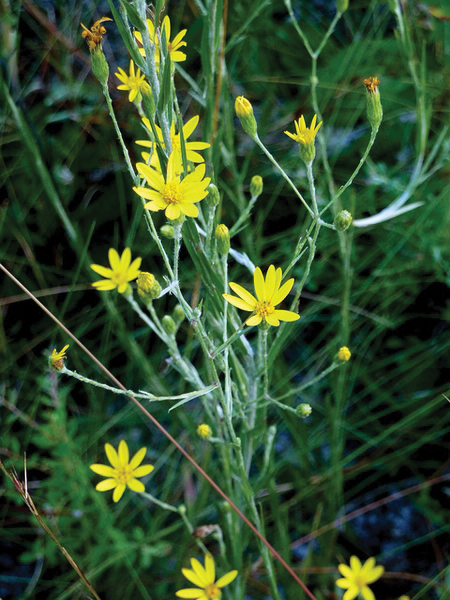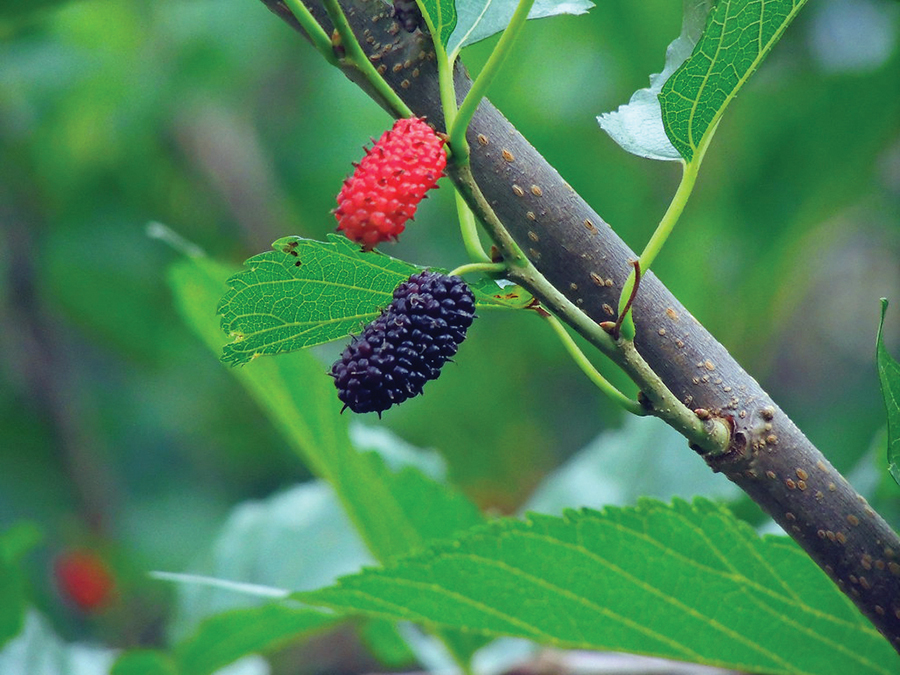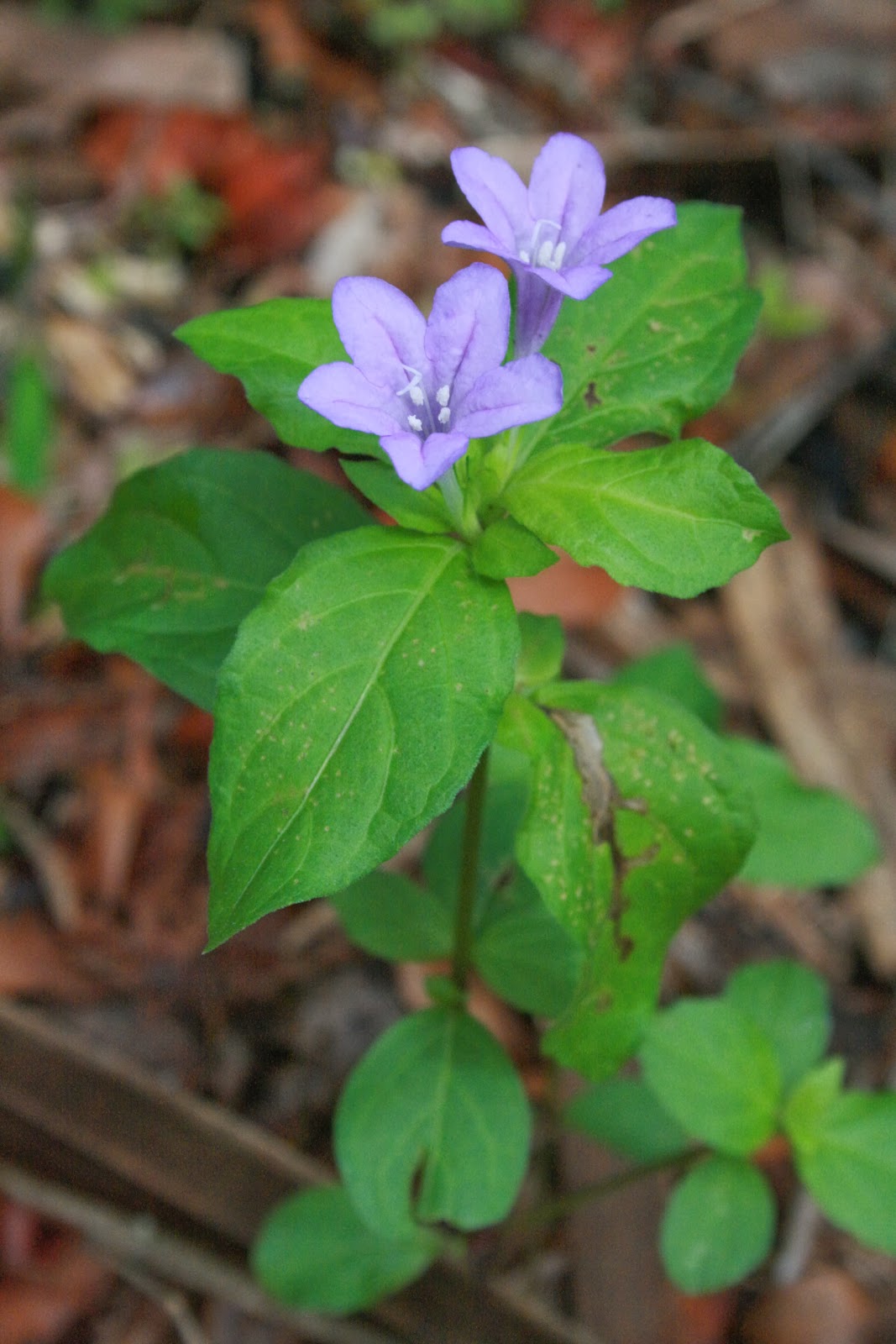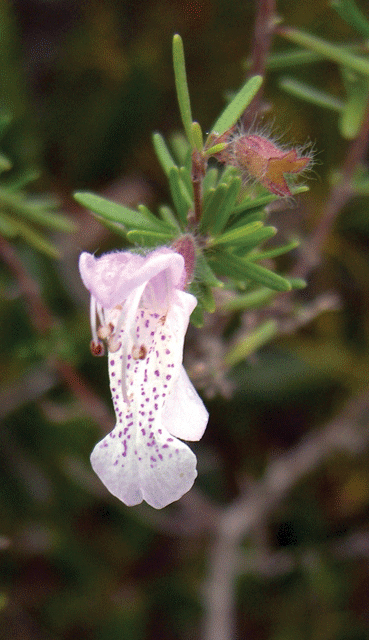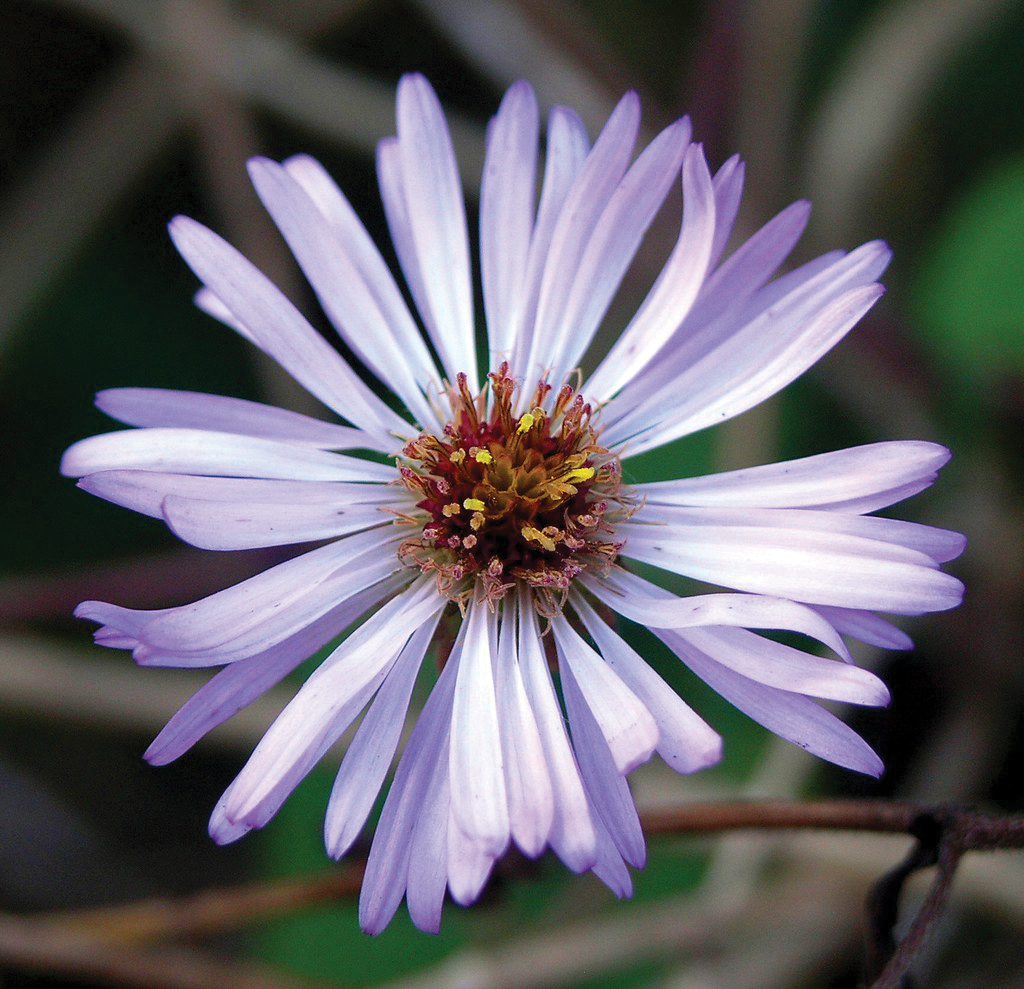When most people think of our Florida native plants, they think of the wild roadside mess- and, for the lack of a better word, ‘not pretty’ plants. However, most do not realize that La Florida was coined by Ponce De León for the amount of flowers that were naturally found here. This historical tidbit has been obscured by many exotic invasive plants that have escaped cultivation and overrun our natural areas- thereby providing an eyesore for many drivers. Of the approximate 4200 species of plants found in our state, about 1000 are exotic and invasive- some of which have caused great disadvantageous imbalances in our precious ecosystems.
All gardeners gravitate to novelty plants. Why have the same exact plants as others? There’s not much interest in that! Here is a suggested list to mix things up to satisfy ever-changing tastes. Florida native plants are not just adapted for our local environment, but they require little to no fertilizer and are perfect for water conservation efforts.
Narrow-leaf silk grass (Pityopsis graminifolia): Contrary to the common name, this is a wildflower from the aster family. The common name originates from the grass-like blades that first sprout before the plant fully matures. Leaf color is light green with a covering of soft, tiny hairs that can give confer a silvery appearance. In addition to it’s pleasing foliage, the plant bears numerous small bright yellow flowers in the fall. Gardeners with sandy soils will be equally pleased to know that this plant does best in full sun, dry areas. No fertilizers required- ever. Plant silk grass in a group for a striking fall flower display or intermixed for foliage color variation throughout the year.
Red Mulberry (Morus rubra): For those gardeners that are blessed to have rich soil with well-balanced moisture, just one red mulberry tree will address our cultural trifecta- a Florida native plant, with edible fruit, and good for biodiversity. In ideal conditions, this tree can grow up to 50 feet. Mulberry fruits are popular with birds and squirrels- one mature tree’s crop can be bountiful enough for your kitchen, your friends, and the neighborhood wildlife. Red mulberry does best in full sun and one tree is all you need.
Partridge pea (Chamaecrista fasciculata): Every reader should have this plant- not just for its showy yellow flowers- but also to do our part in aiding the survival of bumblebees and several other kinds of pollinators. As some of us know, all our native bumblebees across the country are now either threatened or endangered. Partridge pea does best in full sun with well-drained soils. Though the plant is an annual, it reseeds easily to ensure future generations. Several species of butterflies use this plant as their larval host. Choose partridge pea for easy care and a no-fuss gardening approach.
Wild petunia (Ruellia carolinensis): For gardeners that irrigate their yards on the occasion they remember to, consider wild petunia for its adaptability. This plant can tolerate dry spells and works across all light conditions. This short-lived perennial has blue or lavender flowers and is perfect when paired with other low-growing plants or in a single, large mat. Dry seed pods can be easily harvested for growing more. Propagation via summertime cuttings is also possible. Wild petunia serves as the larval host for at least two different butterfly species. For varying soil, light, and moisture requirements, choose this pretty plant.
Large flowered conradina (Conradina grandiflora): For gardeners that like to boast about a rare find, consider this novelty that is only found at reputable nurseries. This plant has fragrant leaves which leads to its other common name- ‘false rosemary’. Its beautiful light purple flowers are a magnet for bumblebees in spring. This plant’s historical range hugs the east coast of central and south Florida. Unsurprisingly, it prefers sandy, dry soils and full sun. Propagation is primarily done through cuttings. Use this plant in a group or interspersed with other drought-tolerant plants. It never needs any fertilizer. By buying this plant from a reputable source, gardeners help spread a conservation message for this plant as well.
Wand goldenrod (Solidago stricta): When most people think of goldenrod, they think of their larger cousins that rapidly overtake open areas. But wand goldenrod is different. It does not propagate primarily through underground rhizomes- so you should expect this plant to stay in place. Goldenrods do not cause allergies- however, they do bloom around the same time as ragweed which has led to this common misunderstanding. A shorter species in the goldenrod family, it only grows 3 to 5 feet and has showy, small yellow flowers tightly arranged on a floral spike. A perennial, expect this plant to go dormant during cold winter spells only to reemerge back in spring. Propagation is easily done by seeds. This plant prefers sandier, well-drained soils with occasional watering. It can thrive in full sun or part shade with no fertilizer needs. Consider this adaptable plant in landscapes that need an extra pop of yellow.
Climbing aster (Symphyotrichum carolinianum): Finally, for a plant that can be trellised! Climbing aster is particularly striking in the fall- the entire woody vine is profuse with beautiful, small lavender flowers. Because climbing aster blooms late in season, it is highly sought after by pollinators when few other options are available. Climbing aster does best in wet soils- consider planting one near a roof downspout away from underground plumbing. If left unchecked, climbing aster takes on a tangled appearance. But with just a little bit of guidance, this plant can be shaped by any gardener. When many other plants are preparing for encroaching winter, count on this plant to give a final burst of flowers for a fall farewell.
This article may seem ‘intermediate’ for experienced gardeners that already understand the importance of Florida native plants. They may want to elevate their technique from ‘right native plant, right place’ to ‘right native plant, right historical place’. For those advanced growers that are ready for the next level, check out George Gann’s work at the Institute for Regional Conservation’s ‘Natives for Your Neighborhood’ where his team has meticulously listed historical plants by zip code that were found before being displaced by urban sprawl at Regionalconservation.org/beta/nfyn.
Plants include, but are not limited to, those that have specialized to very wet conditions, unusual shrubs and ferns, and rare specimen trees that can be found in reputable nurseries. For readers in Central Florida, consider using the Florida Native Plant Society database that provides less-nuanced, but still very good, information at Fnps.org/plants. By choosing Florida native plants, each of us is doing a small part in restoring La Florida for the enjoyment of future generations.









